Arbustivas Nativas de Uso Múltiple 101
Yesterday the San Miguel de Allende "Down to Earth" Garden Club had a field trip to the Instituto Nacional de Investigaciones Forestales, Agricolas y Pecuarias (INIFAP) to hear a lecture by the Directora Rosario Terrones Rincón.
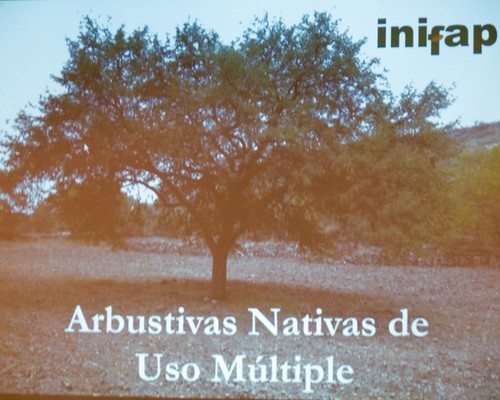
The lecture commenced in the auditorium and covered the history of INIFAP and the native plants of Guanajuato. During this lecture we learned:
- INIFAP was a research project that was originally funded by the Rockefeller family and was later turned over to the Mexican government.
- In Mexico 100 percent (yes I said that) of the water is somewhat polluted.
- The desertification of Guanajuato was commenced by the occupation of Mexico by the Spanish. Guanajuato use to have extensive forests of Mesquite and other trees, that were all cut down for use by the Spaniards to build the silver mines, churches and haciendas.
- The desertification of Guanajuato has been expanded also due to the local agriculture and livestock industries that focus on mono-culture farming and ranching.
- Rosario's program is focused on education of the rural community on properly caring for their lands, plants and trees while trying to reforest the lands of Guanajuato with native plants and trees.
- Her methods are 100 percent organic and there are no chemical fertilizers or pesticides.
- All of these native trees and shrubs have multiple benefits for the rural communities, including medicinal, fire wood for cooking and heat, artisanal, fencing and construction.
- These trees and plants can also help remove both air and water pollution, create barriers for wind and water erosion and provide improvements to the micro climate.
- Currently her funding has had significant reductions and she is in need of additional funding.
After this informative lecture, the DTE Garden Group boarded a bus to visit the nurseries of INIFAP and to see excellent specimens of these native trees and shrubs.
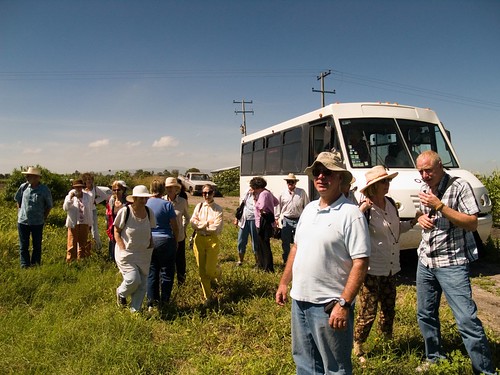
Here Rosario is leading a discussion of one of the many native plants that are grown in the INIFAP nursery.
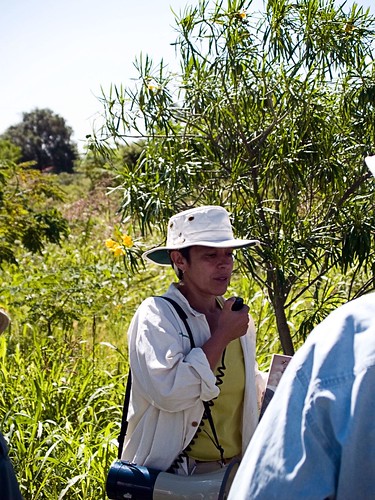
The flower of the Fraile plant is a beautiful yellow and blooms twice a year. Also the fruits are used in the costumes of Mexican folklore dancers.
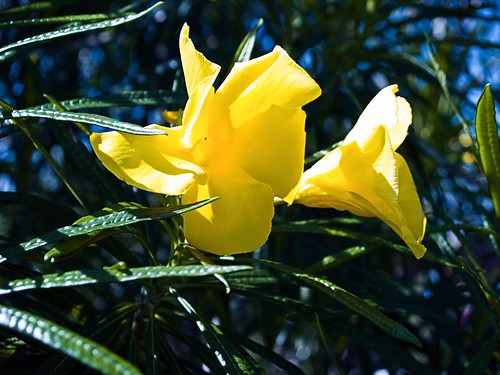
Here we have Rosario with one of her top assistants, Miguel, who is leaving INIFAP this December to pursue his Masters. It is a shame that she will lose such a talented engineer but hopefully he will return after continuing his education. Also the lady behind Rosario is Santa Ana Ríos Ruíz, who was the editor of the book "Arbustivas Nativas de Uso Múltiple en Guanajuato".
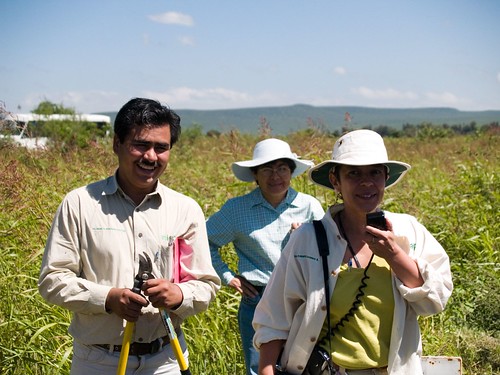
While we proceeded on the tour, we found this wonderful plant which has a flower like nothing I have seen before. Jo Ann said it looked like something that a fly fisherman would create, it was most beautiful. However this plant is almost extinct and they are trying to repopulate it again. It was interesting to hear that when the seed pods are ready to expend their seeds, that the pods burst open and capturing the seeds can be very difficult.
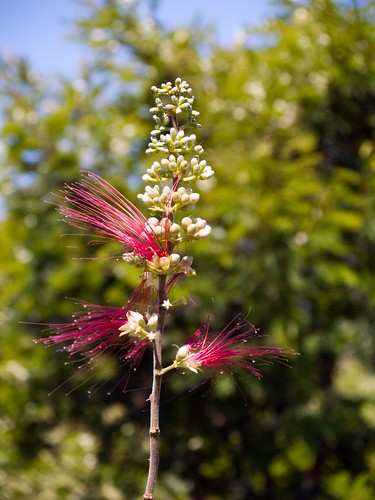
There are also many shrubs that have interesting berries, some edible and some not. Here is an example of such an interesting plant.
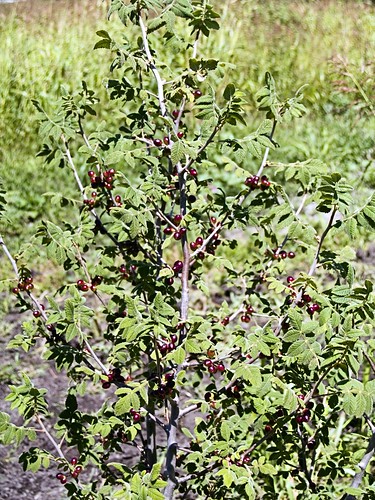
We also saw many wonderful Mexican wild flowers while we toured the nursery. This one is called Torretois/
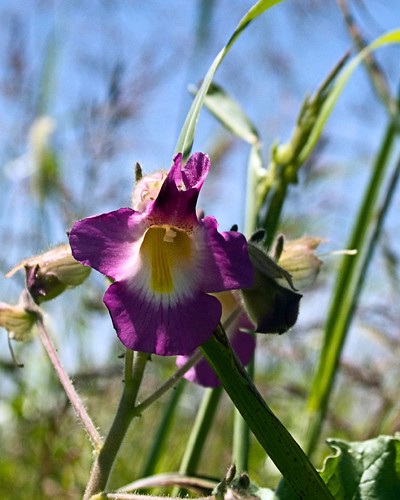
There were so many interesting trees that we saw. Here is one that can be trained to grow straight up and has a wonderful trunk with green and red leaves, very interesting.
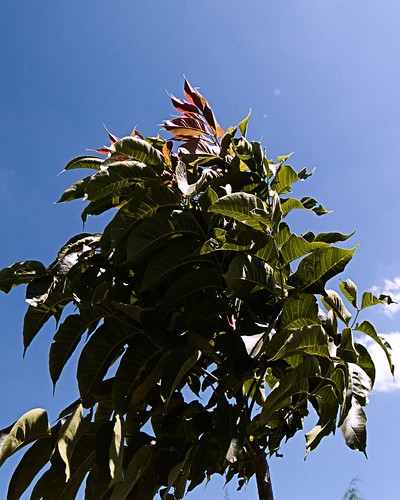
Then we came to this tree that was probably 20 feet tall with these beautiful white and pink flowers. I don't recall the name of the tree but it also was very interesting.
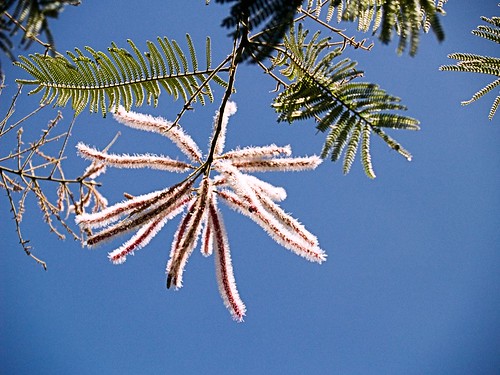
Finally we came to a section of trees were called Tepozan Blanco, which provide such a thick canopy that nothing will grow below the tree, not weeds nor grass. Also Rosario told us that the trees contain a natural and organic integrated pest management system that will keep all unwanted pests away.
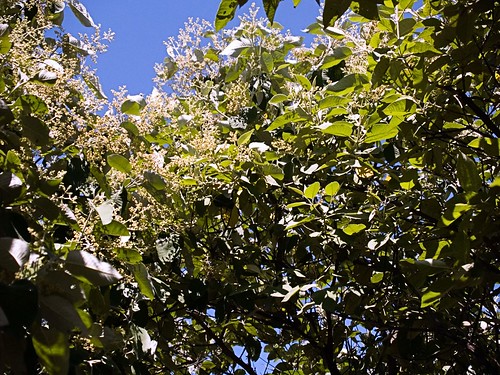
Finally on our way back to the bus we came across this wonderful plant with these beautiful yellow flowers. I don't recall the name but as the photo below shows, it has a bright yellow color and a very interesting shape.
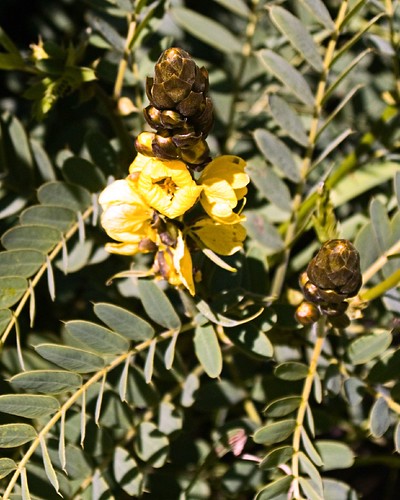
After the lecture and tour, I talked with many people of the DTE group. Everyone seemed very impressed with the research and work being done by INIFAP and were very concerned that the group has been losing so much funding. I am very hopeful that the DTE Garden Group will be able to think of a way that we can help INIFAP and especially Rosario with raising some additional funding as the group is doing such important research and social work.
If you are interested in looking at more photos about reforestation in Guanajuato or more specifically on our rancho in San Miguel de Allende, please continue to follow my flickr photo set call Reforestation.
No comments:
Post a Comment